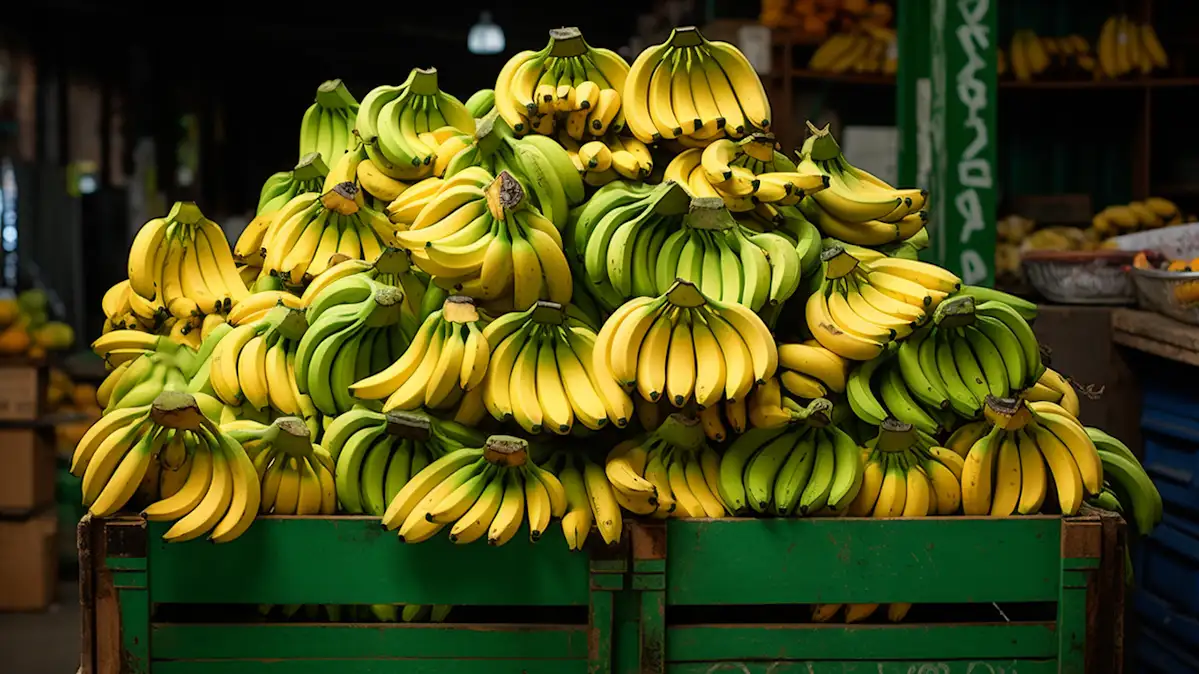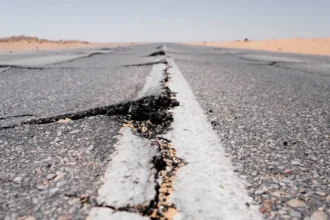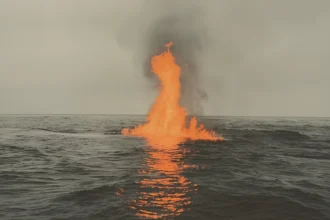Climate Change Threatens World’s Most Popular Fruit
Did you know the banana sitting in your kitchen is part of the world’s most consumed fruit and fourth most important food crop? This everyday fruit now faces a serious threat. According to a new report by Christian Aid organization, climate change could devastate global banana production, endangering food security for millions. This alarming news affects both major producing countries and everyday consumers worldwide.
Why Bananas Matter More Than You Think
Bananas aren’t just a convenient snack. For over 400 million people globally, they provide between 15-27% of daily calories. This means many people, especially in developing countries, depend on bananas as a critical part of their diet. Without this fruit, millions would face immediate food shortages. The Cavendish variety—the yellow banana most commonly found in stores—makes up nearly all commercially traded bananas.
As Aurelia, a banana grower from Guatemala, warns: “The banana crops are dying off. The trees are folding down and dying… this is very worrying for our kids and especially for our grandkids.”
How Climate Change Attacks Banana Plants
Erratic rainfall caused by climate change creates a dangerous situation for banana plants. When heavy rains cause flooding, water damages the plant’s base (called the corm). Young banana plants suffer the most severe damage from standing water, which causes their roots to rot and eventually kills the entire plant.
- Black Leaf Fungus thrives in wet conditions and can reduce a plant’s ability to convert sunlight to energy by up to 80%, essentially starving the plant and preventing fruit development.
- Panama disease (Fusarium Tropical Race 4) spreads through soil and attacks the plant’s roots, blocking water movement and causing the plant to wilt and die. Climate change creates ideal conditions for this deadly disease to spread globally.
The Genetic Problem Making Things Worse
All Cavendish bananas are essentially genetic clones, meaning they’re identical copies of each other. This lack of genetic diversity creates a major problem: when one plant is vulnerable to a disease or environmental change, all plants are vulnerable in the same way.
Unlike plants with genetic variety, Cavendish bananas cannot adapt through natural selection. This means they cannot develop resistance to new threats, making them extremely vulnerable to climate change impacts.
A Bleak Future for Banana Production
The timeline for these impacts is alarmingly close. By 2050, major producers like India and Brazil will likely see significant yield declines. By 2080, Latin American countries that export bananas could lose up to 60% of suitable growing areas.
The Christian Aid report recommends that governments worldwide must reduce emissions and wealthy nations should provide climate finance to developing countries to help banana farmers adapt to changing conditions.
Without immediate action, this familiar yellow fruit could become increasingly rare and expensive, with devastating consequences for the millions who depend on it for basic nutrition.











